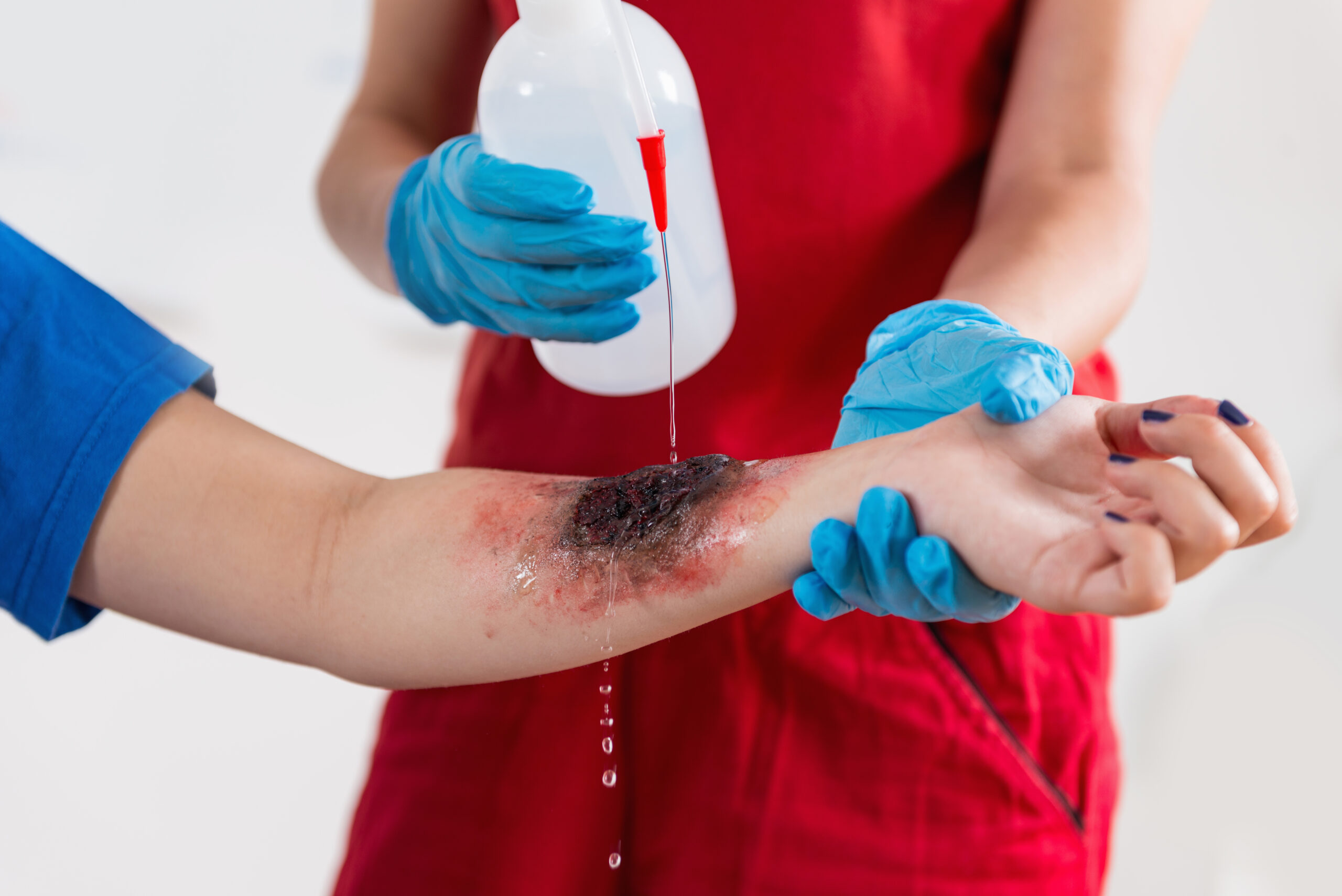
Chemical exposure in the workplace is a serious concern that requires immediate and effective response to prevent harm to employees. Whether in a laboratory, factory, or any other setting where chemicals are used, understanding how to respond quickly and safely to chemical exposure is crucial. This article provides a comprehensive guide on first aid hamilton measures for workplace chemical exposure, emphasizing the importance of preparedness, immediate response, and ongoing safety practices. By following these guidelines, employers and employees can minimize risks and ensure a safer working environment.
Images Category
UNDERSTANDING CHEMICAL EXPOSURE RISKS
Chemical exposure can occur through inhalation, skin contact, ingestion, or eye contact, each posing unique risks and requiring specific first aid measures. Inhalation of toxic fumes can lead to respiratory distress, while skin contact with corrosive substances can cause burns or irritation. Ingestion of chemicals, though less common, can result in severe internal damage, and eye exposure can lead to vision impairment or blindness. Recognizing the potential hazards associated with different chemicals is the first step in preparing for an effective response. Employers should conduct regular risk assessments to identify potential chemical hazards and ensure that safety data sheets (SDS) are readily available for all chemicals used in the workplace. These documents provide essential information on the properties of each chemical, potential health effects, and recommended first aid measures, serving as a critical resource in emergency situations.
IMMEDIATE RESPONSE TO CHEMICAL EXPOSURE
When chemical exposure occurs, time is of the essence. The immediate response should focus on removing the affected individual from the source of exposure and administering appropriate first aid. For inhalation incidents, move the person to fresh air immediately and monitor their breathing. If they are not breathing, begin CPR and call emergency services. In cases of skin contact, remove contaminated clothing and rinse the affected area with water for at least 15 minutes to dilute and remove the chemical. For eye exposure, flush the eyes with water or an eye wash solution for at least 15 minutes, ensuring that the eyelids are held open to allow thorough rinsing. Ingestion of chemicals requires immediate medical attention; do not induce vomiting unless instructed by a medical professional. While administering first aid, it is crucial to wear personal protective equipment (PPE) to prevent further exposure and ensure the safety of the responder.
PREPARING FOR CHEMICAL EMERGENCIES
Preparation is key to effectively managing chemical exposure incidents. Employers should establish comprehensive emergency response plans that include clear procedures for handling chemical spills and exposures. Regular training sessions should be conducted to ensure that all employees are familiar with these procedures and know how to use emergency equipment such as eye wash stations, safety showers, and fire extinguishers. Additionally, workplaces should be equipped with appropriate PPE, including gloves, goggles, and respirators, to protect employees from potential exposure. Emergency contact numbers for local poison control centers and medical facilities should be prominently displayed, and first aid kits should be stocked with supplies specific to chemical exposure, such as neutralizing agents and burn dressings. By fostering a culture of safety and preparedness, employers can empower their workforce to respond effectively to chemical emergencies.
LONG-TERM SAFETY PRACTICES
While immediate response and preparation are critical, long-term safety practices play a vital role in preventing chemical exposure incidents. Employers should implement strict safety protocols for handling, storing, and disposing of chemicals, ensuring compliance with relevant regulations and industry standards. Regular safety audits and inspections can help identify potential hazards and areas for improvement. Employees should be encouraged to report any safety concerns or near-misses, fostering an environment of continuous improvement. Additionally, ongoing education and training on chemical safety should be provided to keep employees informed about new risks and best practices. By prioritizing safety and maintaining a proactive approach, workplaces can significantly reduce the likelihood of chemical exposure incidents and protect the health and well-being of their employees.
CONCLUSION
Responding quickly and safely to workplace chemical exposure is essential to minimizing harm and ensuring a safe working environment. By understanding the risks associated with chemical exposure, preparing for emergencies, and implementing long-term safety practices, employers and employees can effectively manage and prevent chemical incidents. A commitment to safety and preparedness not only protects individuals but also contributes to a culture of responsibility and care within the workplace. As industries continue to evolve and new chemicals are introduced, staying informed and vigilant remains crucial in safeguarding the health and safety of all employees.

